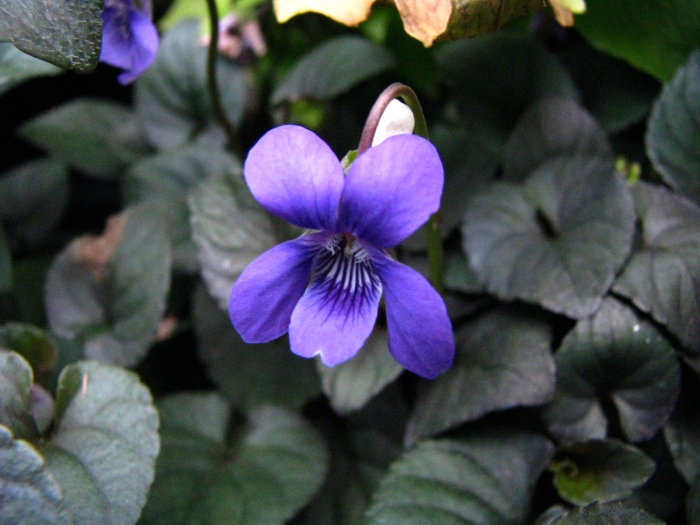Alpine Violet
(Viola labradorica)
Alpine Violet (Viola labradorica)
/
/

David Eickhoff from Pearl City, Hawaii, USA
CC BY 2.0






































































Estimated Native Range
Summary
Viola labradorica is valued for its ground-covering ability and attractive foliage, which can provide a pop of color in woodland gardens, rock gardens, and shaded borders. It is relatively easy to maintain, requiring minimal care once established. This violet prefers consistently moist, well-drained soils rich in organic matter and thrives in full sun to part shade. While generally disease-free, it can suffer from leaf spot and needs good air circulation to prevent fungal issues. It is not known for aggressive roots or significant pest problems.CC BY-SA 4.0
Plant Description
- Plant Type: Herb
- Height: 0.1-0.3 feet
- Width: 0.25-0.5 feet
- Growth Rate: Rapid
- Flower Color: Purple
- Flowering Season: Spring
- Leaf Retention: Semi-Deciduous
Growth Requirements
- Sun: Full Sun, Part Shade
- Water: Medium
- Drainage: Medium
Common Uses
Bank Stabilization, Bee Garden, Butterfly Garden, Deer Resistant, Edible*Disclaimer: Easyscape's listed plant edibility is for informational use. Always verify the safety and proper identification of any plant before consumption., Groundcover, Low Maintenance, Potted Plant, Rock Garden, Showy Flowers, Street Planting
Natural Habitat
Open woodlands and forest edges, with heart-shaped purplish-green leaves and small violet flowers in late spring to early summer
Other Names
Common Names: American Dog Violet, Labrador Violet, Dog Violet, Violette Décombante, Violette Du Labrador, Violette Bleu-Pâle
Scientific Names: , Viola conspersa, Viola labradorica, Viola adunca var. minor, Viola muhlenbergii var. pubescens, Viola canina var. muhlenbergii, Viola muhlenbergiana, Viola muhlenbergiana var. minor, Viola conspersa f. conspersa, Viola leucopetala
GBIF Accepted Name: Viola labradorica Schrank